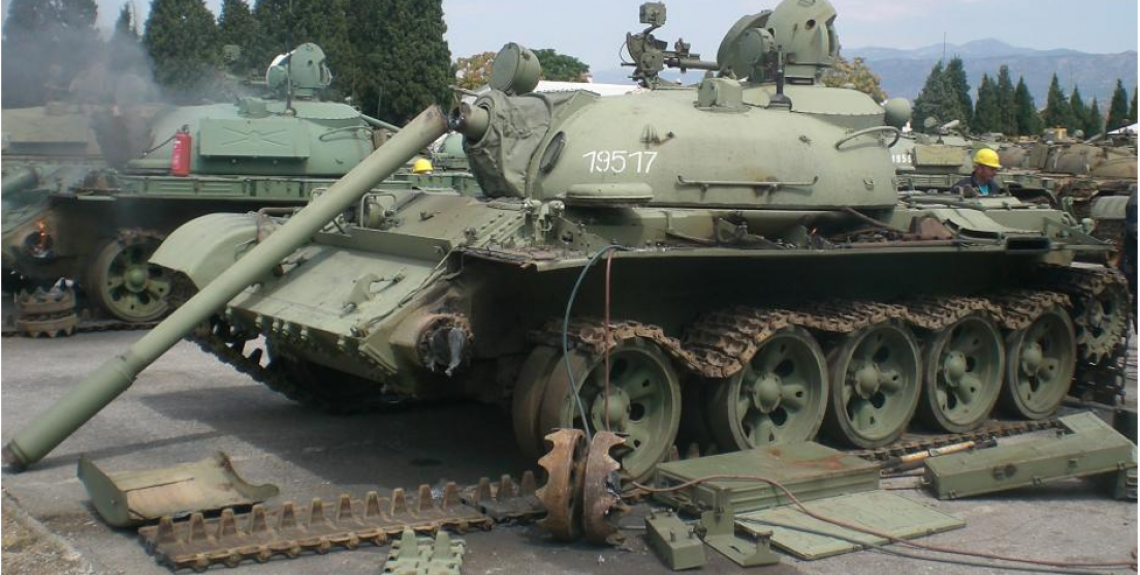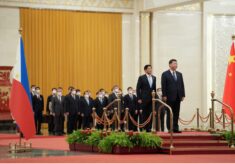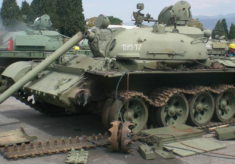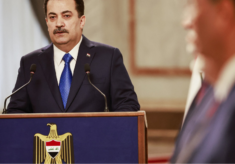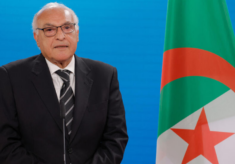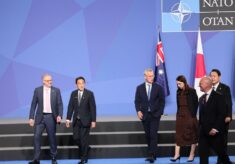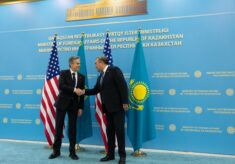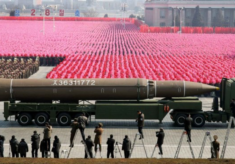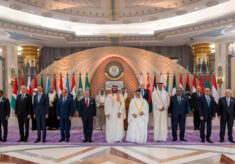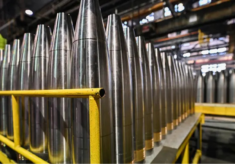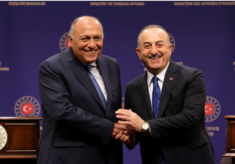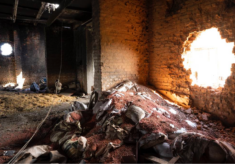In a recent conference organized in Rome by the NATO Defense College Foundation and dedicated to the Western Balkans and Black Sea, an issue was raised and few participants seemed to remember it. This pertained to the agreement inked in Florence in June 1996, which was incorporated into the Dayton agreements on Bosnia Herzegovina under its article IV. The Florence document established an arms control regime not only between the three entities that make up Bosnia and Herzegovina, but also included Croatia and the then Federal Republic of Yugoslavia. The agreement was stipulated under the auspices of OSCE (Organization for the Security and cooperation in Europe), a body that at the time played an exemplary role as an expression of the regional arrangements envisaged by Chapter 8 of the United Nations Charter for dealing with matters relating to the upkeep of international peace and security in specific regions of the world. Today the OSCE has lost much of its operational capacity, since the cooperative spirit that animated European countries in the attempt to overcome the Cold War has been lost.
The main feature of Florence Agreement was the establishment of numerical ceilings in five categories of heavy conventional armaments (battle tanks, armoured combat vehicles, artillery pieces, combat aircraft and attack helicopters) resulting in the destruction of 6.580 heavy weapons. Subsequently, the parties continued on a voluntary basis to notify and verify further reductions. According to OSCE documents, the signatory Parties to the Agreement have destroyed almost 8.900 units of heavy weaponry. It was clearly not easy to find an arrangement on the elimination of so many heavy weapons among parties emerging from a fratricidal war. It was even more difficult to establish a proportionality in the reductions due to the objective different territorial and demographic sizes of the parties. An arrangement was even reached on new ceilings for Serbia and Montenegro, the two entities that made up the rump Federal Republic of Yugoslavia after the latter’s partition. In addition to weapons reductions, the agreement provided for specific reduction methods, extensive exchange of information and intrusive inspections. A continuous review of its implementation was ensured by a Sub-Regional Consultative Commission.

The implementation of the agreement was guaranteed by six external “witnesses”: France, Germany, Italy, Russian Federation, United Kingdon, and USA. By virtue of this agreement, Italy, despite its absence in the Dayton negotiations, integrated into the league of significant external actors in the Balkan region. Subsequently, for an extended period, an Italian official assumed the role of coordinating the execution of the Florence agreement.
Most of the definitions, provisions, procedures, and categories for armaments limitations were taken from the Treaty on Conventional Armed Forces in Europe (CFE), a wider disarmament treaty that involved almost all European states and that Russia stopped implementing in 2007. In June 2023 Moscow withdrew totally from the CFE, causing the North Atlantic Council members to suspend their obligations under the Treaty. Russia’s withdrawal is a further defeat for international disarmament and adds to the dramatic steps backwards in arms control in recent years at a global level. It also risks weakening the Florence Agreement that is a sub-regional expression of the CFE.
During the recent Conference of European Think Tanks belonging to the EU Consortium on Non-Proliferation and Disarmament held in Brussels at the beginning of December 2023 some participants discussed recent developments that pose a potential threat to the Florence Agreement, alongside the already notable demise of the CFE treaty. This agreement does not include new categories of conventional weapons which have been introduced worldwide since the stipulation of the Florence Agreement in 1996 such as drones, lethal autonomous weapons, or cyber military capabilities. During the EU Consortium Conference, a more optimistic viewpoint emerged, with some considering the Dayton process and Florence Agreement as possible useful terms of reference for post war negotiations on Ukraine
So far, the parties to the Florence Agreement have shown a remarkable and successful ability to adapt to new situations. Hopefully they will be able to maintain this ability in the coming years. 2026 will mark the 30th anniversary of the Florence Agreement, an appropriate time to review and even improve this useful international instrument and to adjust it to the evolving world.
Carlo Trezza
Carlo Trezza was Italy’s ambassador for Disarmament in Geneva and chaired the Conference on Disarmament, the UN Secretary General’s Advisory Board on Disarmament Affairs and the Missile Technology Control Regime. He is a member of the NDCF Board of Directors.

